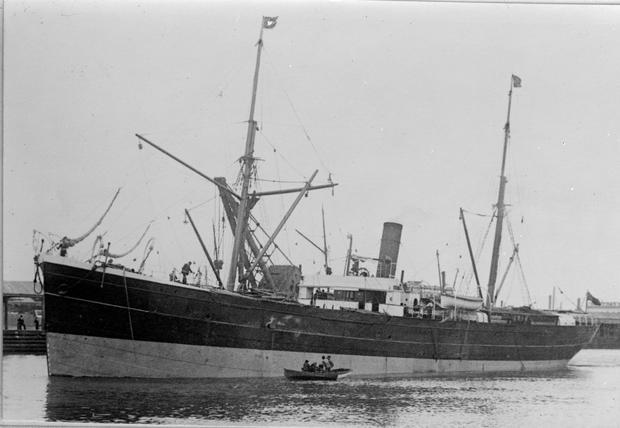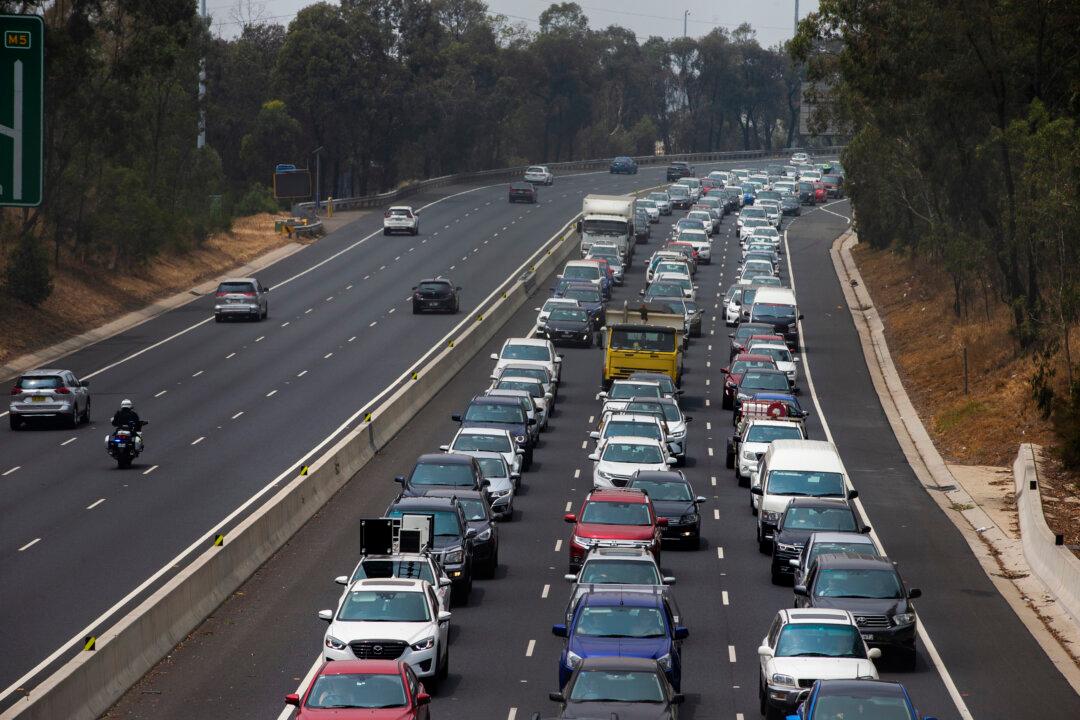A 120-year-old mystery of a shipwreck described as “the Holy Grail” by researchers has been solved after the New South Wales (NSW) Ministry of Environment and Heritage announced the hull of a 73-metre coal transporter lost in stormy seas while on a voyage from Newcastle and Melbourne had been found.
Thirty-two souls, aged 18-56 were lost when the SS Nemesis sank in huge seas off Port Kembla near NSW’s East Coast in July 1904.





